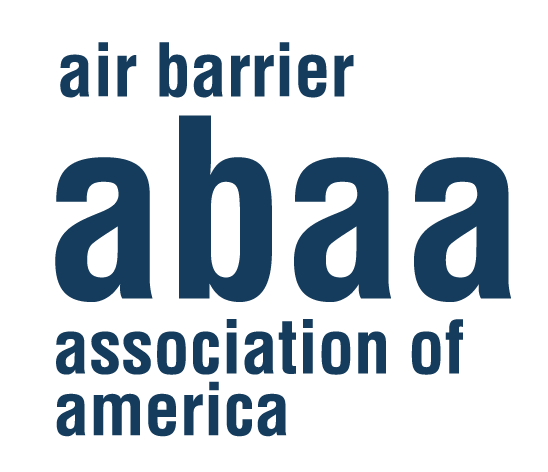Matthew Copestick
Aegis Building Consulting & Commissioning LLD
Contact Information
Matthew Copestick
Chagrin Falls,OH
Coverage Area: OH
Phone: (440) 804-4814
Email: matt.copestick@aegisbc.com
Website: www.aegisbc.com

